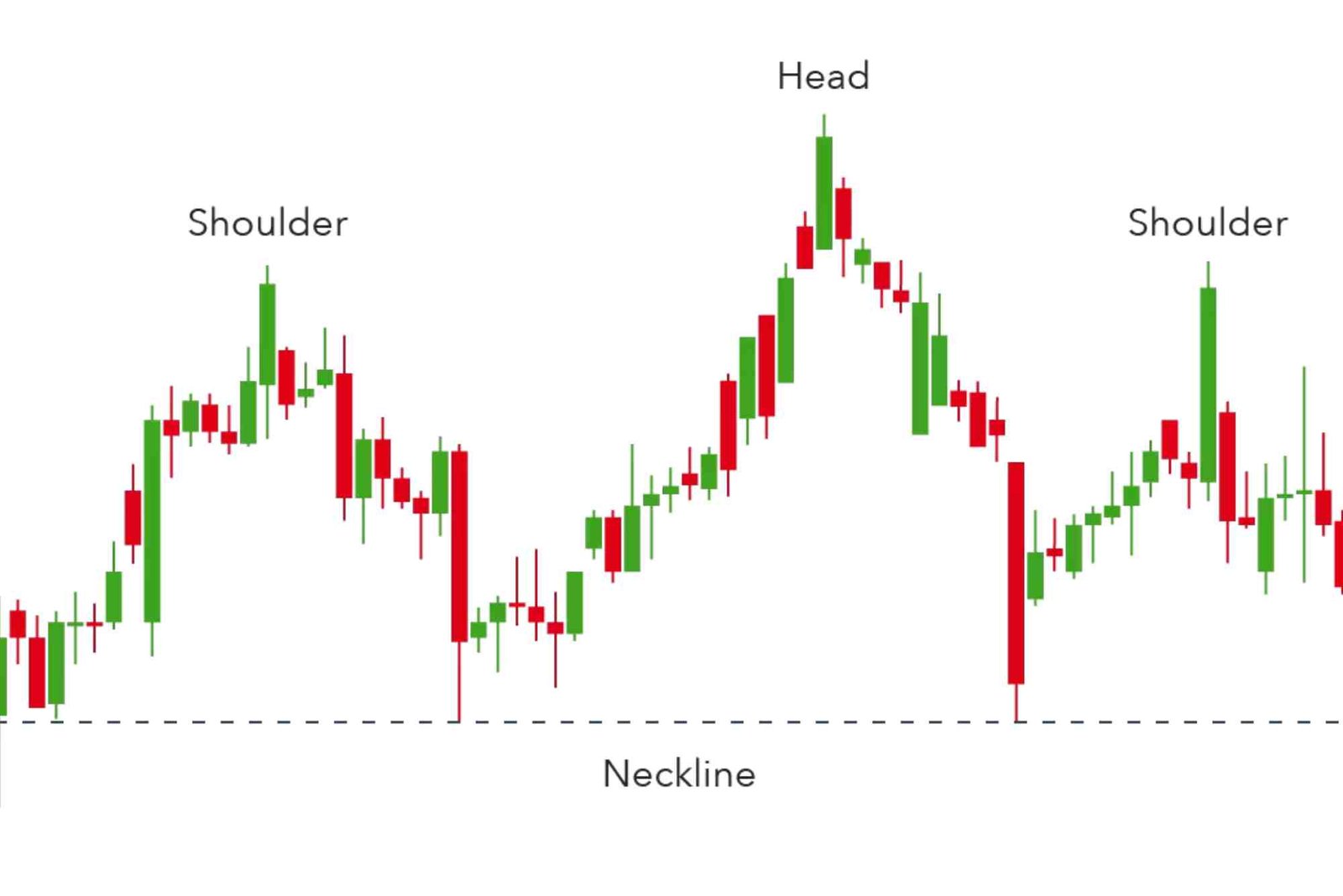Introduction
Understanding the Alabama USA temperature is essential whether you’re planning a trip, moving to the state, or simply curious about its climate. Alabama, located in the southeastern region of the United States, is known for its warm, humid summers and mild winters. Its weather patterns are influenced by the Gulf of Mexico, bringing both comfort and unpredictability throughout the year.
In this comprehensive guide, we’ll explore what makes Alabama’s climate unique, how temperatures vary across regions and seasons, and expert tips to help you adapt to the changing conditions.
Understanding the Alabama USA Temperature
Alabama experiences a humid subtropical climate, which means hot summers, mild winters, and frequent rainfall. Temperatures vary slightly depending on whether you are in the north, central, or southern parts of the state.
In the southern coastal region, such as Mobile and Gulf Shores, temperatures are generally warmer and more humid. Northern areas like Huntsville or Florence can get cooler, especially in winter, due to higher elevation.
On average, the Alabama USA temperature ranges from 35°F (1.6°C) in winter to about 92°F (33°C) in summer. The state also experiences high humidity levels, often exceeding 80% during the warmer months.
Seasonal Temperature Trends in Alabama
Spring: Mild and Refreshing
Spring in Alabama runs from March to May. This season brings blooming flowers, green landscapes, and comfortable temperatures ranging from 60°F to 80°F. It’s one of the most pleasant times to visit, as humidity is moderate and outdoor activities are enjoyable.
However, spring can also bring thunderstorms and occasional tornadoes, especially in northern Alabama. Staying updated with weather forecasts is always a good idea.
Summer: Hot and Humid
Summer in Alabama lasts from June to August and can be quite intense. Average highs range between 88°F and 95°F, with humidity making it feel even hotter. The southern areas experience more coastal breezes, while inland cities can become muggy and uncomfortable.
To stay safe, always stay hydrated and wear light clothing. If you plan to explore outdoor attractions like Gulf Shores or the Talladega National Forest, aim for early mornings or late afternoons to avoid peak heat.
Fall: Warm Days, Cool Nights
From September through November, temperatures gradually drop, offering some relief after the hot summer months. Daytime highs range from 70°F to 85°F, while evenings become cooler.
Fall is also a prime season for scenic drives through Alabama’s countryside, as the foliage turns brilliant shades of orange and red. This is when the Alabama USA temperature becomes ideal for hiking, camping, or attending local festivals.
Winter: Mild but Occasionally Chilly
Winter in Alabama, lasting from December to February, is generally mild compared to northern states. Average temperatures hover around 40°F to 60°F, but occasional cold fronts can bring frost or light snow in northern regions.
The Gulf Coast remains relatively warm, making it a pleasant winter getaway. However, it’s wise to keep a light jacket handy since weather changes can occur quickly.
Expert Advice for Adapting to Alabama’s Climate
Stay Prepared for Humidity
Humidity can make even moderate temperatures feel warmer. Use dehumidifiers indoors and choose breathable fabrics like cotton or linen.
Protect Against the Sun
Summer sunshine in Alabama is strong. Always use sunscreen, sunglasses, and wide-brimmed hats when spending time outdoors.
Monitor Weather Alerts
Severe weather, such as thunderstorms or tornado warnings, can occur, especially in spring and early summer. Install a reliable weather app to stay informed.
Plan Outdoor Activities Wisely
Schedule outdoor events early in the day or later in the evening. This helps you avoid the harsh midday heat and enjoy Alabama’s natural beauty comfortably.
Maintain Hydration and Health
Drink plenty of water, especially during summer. The combination of high temperature and humidity can cause dehydration quickly.
Alabama USA Temperature by Region
While the overall climate remains similar, regional variations are worth noting.
Northern Alabama, including Huntsville and Florence, tends to have cooler winters. Central Alabama, home to Birmingham and Montgomery, experiences moderate temperatures and balanced rainfall. The southern region, including Mobile and the Gulf Coast, remains warm year-round, with higher humidity and occasional tropical storms.
If you’re planning a visit or relocation, check the Alabama USA Temperature to understand regional differences and plan accordingly.
Climate Patterns and Weather Events
Alabama’s proximity to the Gulf of Mexico significantly affects its weather. The state receives about 55 inches of rain annually, with the highest rainfall during spring and summer. Hurricanes and tropical storms occasionally reach the southern coast, although they typically weaken as they move inland.
Thunderstorms are frequent, bringing heavy rainfall and lightning, particularly during late afternoons in summer. Tornadoes can occur, mainly in the northern and central regions, but Alabama’s weather services provide timely alerts and guidance for safety.
Practical Tips for Tourists and Residents
Whether you live in Alabama or plan to visit, here are some useful tips:
Dress in layers during spring and fall to adapt to temperature changes throughout the day. Use air conditioning efficiently during summer months to manage humidity. Keep emergency kits ready during storm seasons, especially from April through September.
If you’re exploring Alabama’s beaches, be mindful of UV index levels. Always check local forecasts for heat advisories or storm warnings.
For detailed, region-specific information, explore Alabama USA Temperature Details to make the most of your experience.
Environmental and Economic Impact
The state’s warm climate supports agriculture, especially cotton, soybeans, and peanuts. However, unpredictable weather patterns caused by climate change are affecting seasonal stability. Hotter summers and erratic rainfall are impacting crop yields and outdoor labor conditions.
Urban areas like Birmingham are also focusing on sustainable practices to combat heat island effects. More green spaces and energy-efficient infrastructure are being developed to maintain comfort in rising temperatures.
Comparing Alabama’s Temperature to Neighboring States
Compared to neighboring states like Georgia or Mississippi, Alabama’s temperature is slightly warmer along the coast and similar in inland areas. Its combination of warmth, humidity, and coastal influence makes it a distinctive part of the southeastern climate belt.
This means travelers can experience both beach weather and mild winters without extreme cold. Those seeking a year-round warm environment often find Alabama an ideal location.
FAQs
What is the average summer temperature in Alabama?
The average summer temperature ranges from 88°F to 95°F, with high humidity making it feel warmer.
Does Alabama get snow?
Snow is rare but possible in northern Alabama. Most of the state experiences mild winters without significant snowfall.
What month is the hottest in Alabama?
July is usually the hottest month, with peak temperatures reaching up to 95°F or more in some areas.
Is Alabama humid all year round?
Yes, Alabama experiences consistent humidity, though it’s most intense during summer and early fall.
When is the best time to visit Alabama?
Spring and fall are the best times to visit due to mild temperatures and lower humidity levels.
For additional details on climate and weather, you can Read more on en.wikipedia.org about Alabama’s geography and environmental conditions.
The Alabama USA temperature reflects the state’s southern charm — warm, inviting, and ever-changing. Understanding its seasonal shifts helps residents and visitors alike enjoy the best of what Alabama offers.








